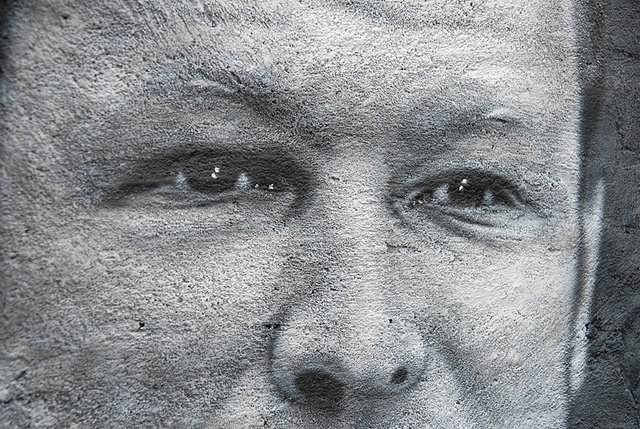The Guardian (15/10/2014) features an opinion piece on the recent ‘football war’ between Serbia and Albania and the implications it might have for longer-term peace in the Balkans.
I24News (20/10/2014) reports the results of a new survey, according to which five of the seven Middle Eastern countries surveyed identified religious and ethnic hatred as the top threat to the world.
Salon (23/10/2014) reports the results of new research linking climate change and violence, including ethnic violence and ethnic riots.
Tass (Russian News Agency) (24/10/2014) summarises a recent speech by the Russian President Vladimir Putin in which he advocated a separation between extreme nationalism and the promotion of national interests.
Deutsche Welle (24/10/2014) reports the key findings of a new report analysing the obstacles and challenges of creating a new sense of national identity for Myanmar’s Rohingya community.
The New Indian Express (26/10/2014) reports on the release of a new stamp in India commemorating the 150th birth anniversary of Anagarika Dharmapala, considered to be an iconic figure behind the revival of Sinhala Buddhist nationalism.
The Peninsula (26/10/2014) announces the release of a new documentary (to be shown in Doha) highlighting forced disappearances in Sri Lanka from the 1980s up to recent times.
News compiled by Anastasia Voronkova
If you would like to write a response to any of these news stories, please email us at sen@lse.ac.uk.



